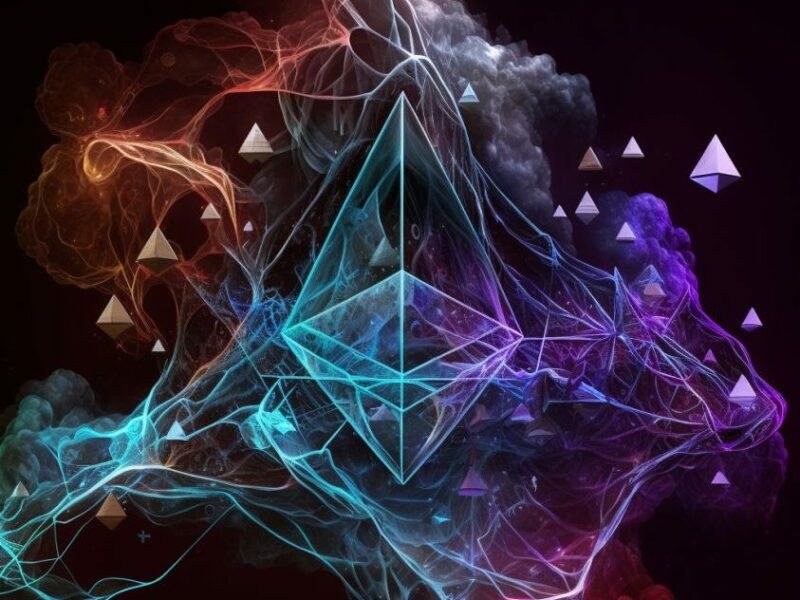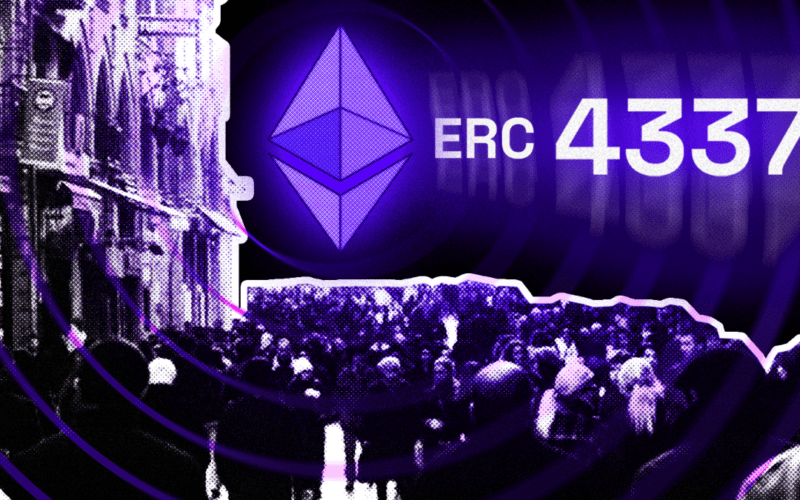Introduction to ERC-4337
Ethereum is a powerful platform for decentralized applications, and its success has largely been built on its smart contract capabilities. Over the years, various Ethereum Request for Comment (ERC) token standards have emerged, each serving a unique purpose. One of the latest and most exciting developments in the Ethereum ecosystem is ERC-4337, a new token standard designed to tackle some of the longstanding issues with previous standards. In this article, we’ll explore what ERC-4337 is, its benefits, and why you should know about it.
Background: ERC-20 and ERC-721
Before diving into ERC-4337, it’s essential to understand its predecessors. ERC-20 and ERC-721 are two of the most well-known token standards in the Ethereum ecosystem. ERC-20 is the standard for fungible tokens, meaning that each token is interchangeable and has the same value. On the other hand, ERC-721 is the standard for non-fungible tokens (NFTs), which represent unique assets with individual value.
Both ERC-20 and ERC-721 have played significant roles in the development of decentralized applications, facilitating various use cases such as gaming, decentralized finance (DeFi), and digital art. However, as the Ethereum ecosystem continues to evolve, certain limitations have become apparent, paving the way for new standards like ERC4337.
The Need for ERC-4337
As the Ethereum network grew, issues like high gas fees and network congestion started to impact user experience negatively. Additionally, the lack of compatibility between different token standards created fragmentation within the ecosystem. ERC-4337 was proposed as a solution to these problems, providing a unified token standard that addresses the limitations of previous standards.
Key Features of ERC-4337
ERC-4337 introduces several new features designed to enhance user experience and streamline operations on the Ethereum network. Some of its key features include:
Gas Abstraction
Gas abstraction is a significant innovation in ERC-4337. It allows users to pay gas fees using the token they’re transacting with, rather than requiring them to hold Ether (ETH) for gas payments. This simplifies the user experience and eliminates the need for users to manage multiple tokens for transaction fees.
Batch Transactions
Another notable feature of ERC-4337 is the ability to execute batch transactions. This means that multiple operations can be bundled into a single transaction, reducing the overall number of transactions needed and, subsequently, lowering gas fees.
Compatibility with Other Standards
ERC-4337 is designed to be backward-compatible with previous standards like ERC-20 and ERC-721. This ensures that existing applications and tokens can easily integrate with the new standard without major modifications.
Benefits of ERC-4337
The introduction of ERC-4337 brings several advantages to the Ethereum ecosystem:
Improved User Experience
By enabling gas abstraction and batch transactions, ERC-4337 greatly simplifies the user experience, making it more accessible to a broader audience. Users no longer need to manage multiple tokens for gas payments or deal with the complexities of individually executing multiple transactions.
Reduced Gas Fees
Through batch transactions and gas abstraction, ERC-4337 can help lower gas fees for users. By bundling multiple operations into a single transaction, users can save on gas costs, which has been a significant pain point in the Ethereum ecosystem.
Increased Efficiency
With batch transactions and compatibility with existing token standards, ERC-4337 enhances the overall efficiency of the Ethereum network. It allows for streamlined operations, reduces congestion, and optimizes the use of network resources.
Enhanced Security
ERC-4337’s design promotes better security practices by encouraging the use of meta-transactions, which can help mitigate risks associated with private key management.

Use Cases for ERC-4337
ERC-4337 can be employed in a wide range of applications:
Gaming and NFTs
With its support for NFTs and improved user experience, ERC-4337 is well-suited for gaming platforms and digital art marketplaces. It can facilitate seamless transactions, lower gas fees, and enable a more enjoyable user experience.
Decentralized Finance (DeFi)
ERC-4337’s features can greatly benefit DeFi applications by reducing gas fees, increasing efficiency, and streamlining transactions. This can help make DeFi more accessible to a wider audience and promote the growth of the sector.
Identity and Access Management
The compatibility and flexibility of ERC-4337 make it ideal for use in identity and access management solutions. It can facilitate secure and efficient transactions, which are crucial in these applications.
Implementing ERC-4337
To implement ERC-4337, developers need to follow the specifications outlined in the ERC-4337 proposal. By adhering to these guidelines, developers can ensure that their tokens and applications are compliant with the new standard and can take advantage of its benefits.
Potential Drawbacks and Limitations
While ERC-4337 offers numerous advantages, it is essential to consider potential drawbacks and limitations. For instance, the complexity of implementing gas abstraction may pose challenges for some developers. Additionally, as with any new standard, it may take time for widespread adoption to occur.
Conclusion
ERC-4337 is a promising token standard that addresses some of the most significant pain points in the Ethereum ecosystem. By enabling gas abstraction, batch transactions, and compatibility with existing standards, ERC-4337 has the potential to revolutionize the user experience, reduce gas fees, and drive further adoption of Ethereum-based applications.
- What is ERC-4337?
ERC-4337 is a new Ethereum token standard designed to address some of the limitations of previous standards like ERC-20 and ERC-721. It introduces features such as gas abstraction, batch transactions, and compatibility with existing token standards to improve the user experience and efficiency on the Ethereum network.
- What are the benefits of using ERC-4337?
Some benefits of using ERC-4337 include improved user experience, reduced gas fees, increased efficiency, and enhanced security. These benefits stem from features like gas abstraction, batch transactions, and compatibility with other token standards.
- How does ERC-4337 improve user experience?
ERC-4337 improves user experience by enabling gas abstraction, which allows users to pay gas fees using the token they’re transacting with, and by supporting batch transactions, which let users bundle multiple operations into a single transaction. These features simplify the transaction process and make the Ethereum network more accessible to users.
- What are some use cases for ERC-4337?
ERC-4337 can be used in various applications, such as gaming and NFT platforms, decentralized finance (DeFi), and identity and access management solutions. Its features help streamline transactions, lower gas fees, and provide a better overall user experience.
- How can developers implement ERC-4337?
Developers can implement ERC-4337 by following the specifications outlined in the ERC-4337 proposal. By adhering to these guidelines, developers can ensure that their tokens and applications are compliant with the new standard and can take advantage of its benefits.
